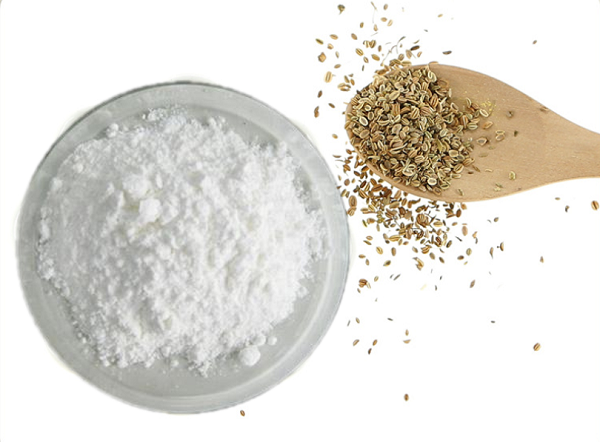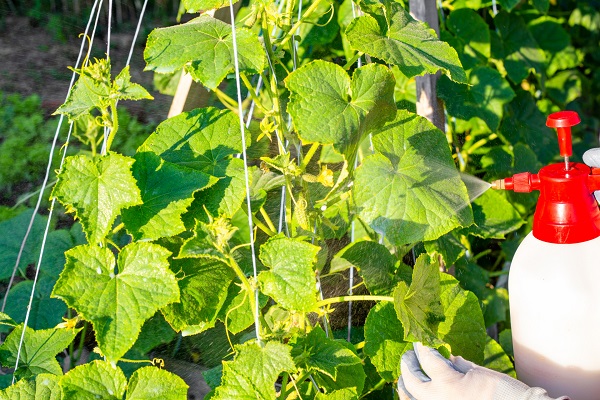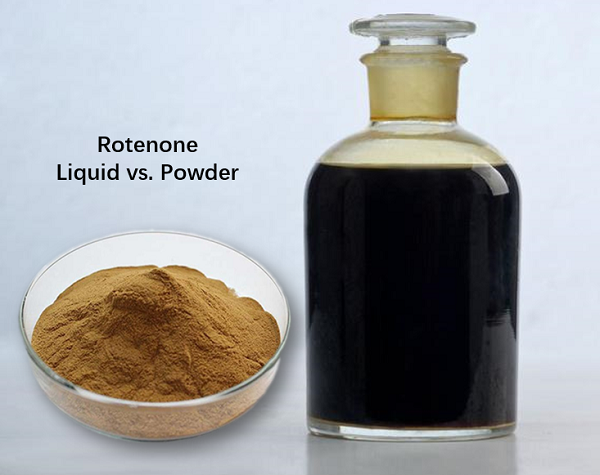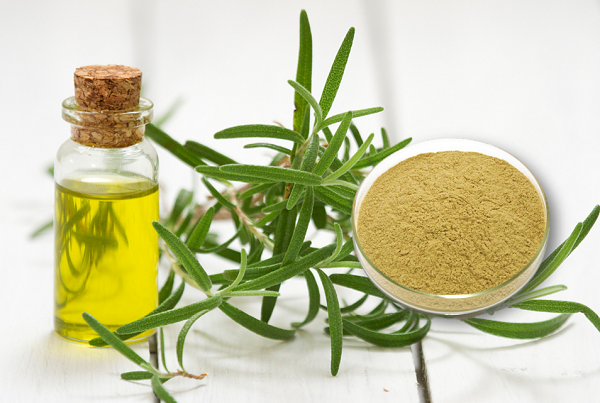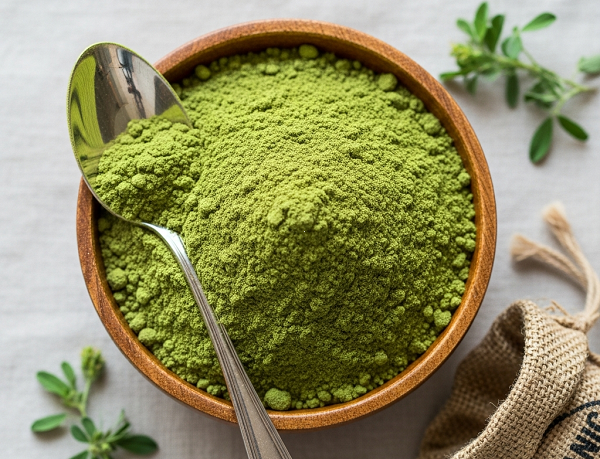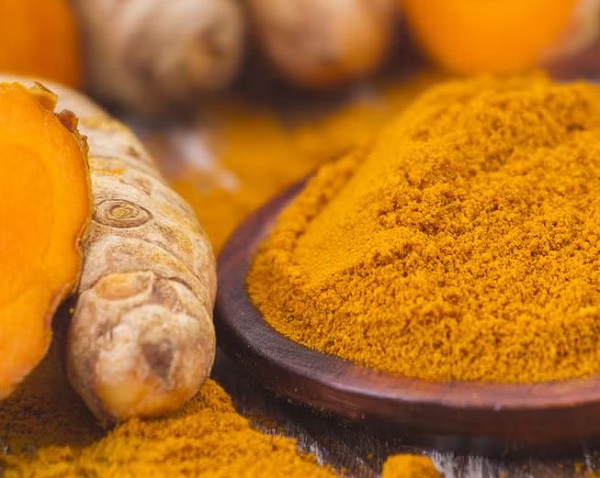Follow Us:
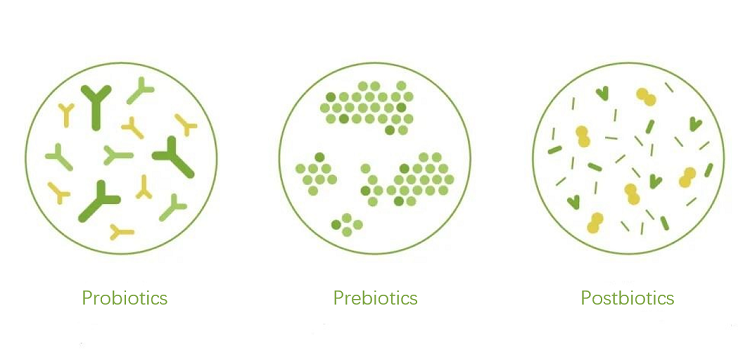
Prebiotics, Probiotics and Postbiotics For Pets— What’s Better? and Why?
As the pet food and supplement industry continues to shift toward health-optimized formulations, biotics—including prebiotics, probiotics, and postbiotics—have emerged as critical components in supporting gut health, immune function, and overall well-being in companion animals. But for B2B manufacturers, formulators, and private labelers, the key question remains: which biotic delivers the best results, and under what conditions?

What is Prebiotics: Feeding the Microbiome?
Prebiotics are non-digestible fibers and oligosaccharides that serve as food for beneficial gut bacteria. Common sources include:
- Chicory root (inulin)
- Beet pulp
- Fructooligosaccharides (FOS)
- Galactooligosaccharides (GOS)
Manufacturing Process
Prebiotics are typically extracted from plant sources via enzymatic hydrolysis or chemical processing. These fibers are then dried and powdered for integration into pet food or supplements.
Commercial Use
- Dry kibble
- Functional treats
- Digestive support supplements
- Synbiotic formulations (with probiotics)
Safety and Dosage
Prebiotics are generally recognized as safe (GRAS). Typical inclusion rates:
- Dogs: 0.5%–2% of diet
- Cats: 0.25%–1%
Overdosing can lead to gas or loose stool, so balance is critical.
Functional Formula Example
- Inulin Powder(1%) + Beet powder (1%) in a high-fiber kibble formula
- Helps reduce stool odor and improve gut motility

What is Probiotics: Live Microbial Support?
Probiotics powder are live beneficial microorganisms that support gut flora balance. Common strains for pets include:
- Lactobacillus acidophilus
- Enterococcus faecium
- Bifidobacterium animalis
Manufacturing Process
Probiotics are fermented in bioreactors, then stabilized through freeze-drying or microencapsulation to preserve viability during storage and processing.
Commercial Use
- Pet powders or capsules
- Freeze-dried treats
- Functional kibbles (added post-extrusion)
- Veterinary-grade probiotics
Safety and Dosage
Generally safe when species-appropriate strains are used. Doses vary by strain, but typical CFU (colony-forming units) per dose:
- Dogs: 1–5 billion CFU/day
- Cats: 0.5–2 billion CFU/day
Avoid strains not backed by veterinary trials.
Functional Formula Example
- 1 billion CFU Lactobacillus acidophilus per chew
- Used for reducing antibiotic-related diarrhea
What is Postbiotics: The Emerging Powerhouse?
Postbiotics are non-living microbial metabolites—such as enzymes, peptides, short-chain fatty acids (SCFAs), and cell wall fragments—produced by probiotics during fermentation.
Manufacturing Process
Probiotics are cultured, fermented, then inactivated (heat-killed). The resulting biomass contains beneficial byproducts (postbiotics), which are then dried and standardized.
Commercial Use
- Shelf-stable treats
- Digestive chews
- Functional pet foods with immune claims
- Veterinary diet support
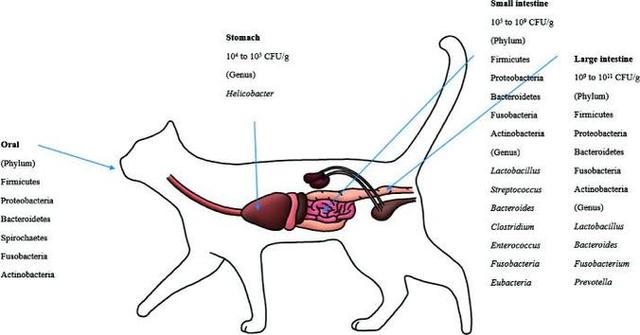
Safety and Dosage
Postbiotics are non-viable and highly stable, making them safer for use in heat-processed pet foods. Suggested dosage varies, but typically:
100–500 mg/day depending on composition
Functional Formula Example
- Heat-killed Lactobacillus plantarum + SCFA complex
- Supports immune modulation and gut barrier function
So, What’s Better—and Why?
Each category offers distinct advantages:
| Type | Benefits | Limitations |
| Prebiotics | Cost-effective, stable, supports probiotic growth | May cause bloating if overdosed |
| Probiotics | Clinically proven strains offer live gut support | Heat and shelf-life sensitive |
| Postbiotics | Stable, safe, novel bioactive compounds | Research still emerging |
Conclusion
For pet food ingredient suppliers, the choice between prebiotics powder, probiotics powder, and postbiotics powder depends on the intended health outcome, processing environment, and market positioning. While probiotics remain popular, postbiotics offer a compelling new edge due to stability and functional promise. Prebiotics continue to provide foundational support for gut health.
Contact us today to request a sample, COA, or technical data sheet.
Also See













